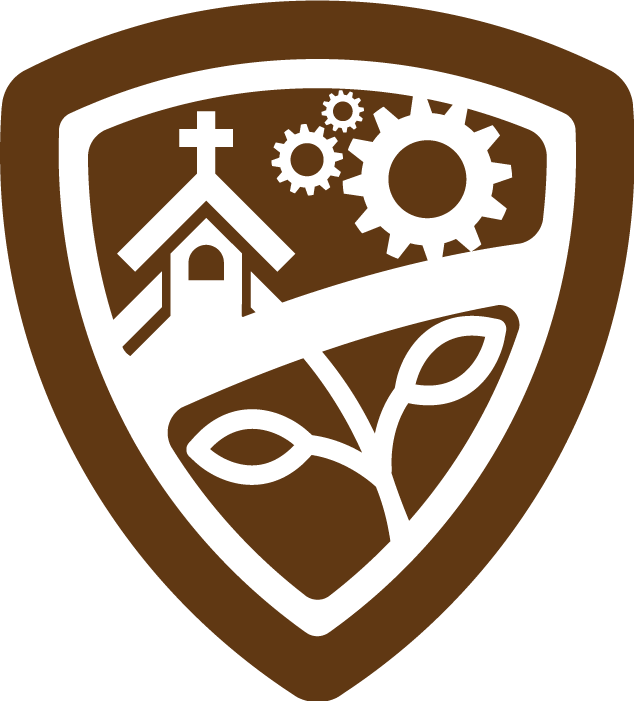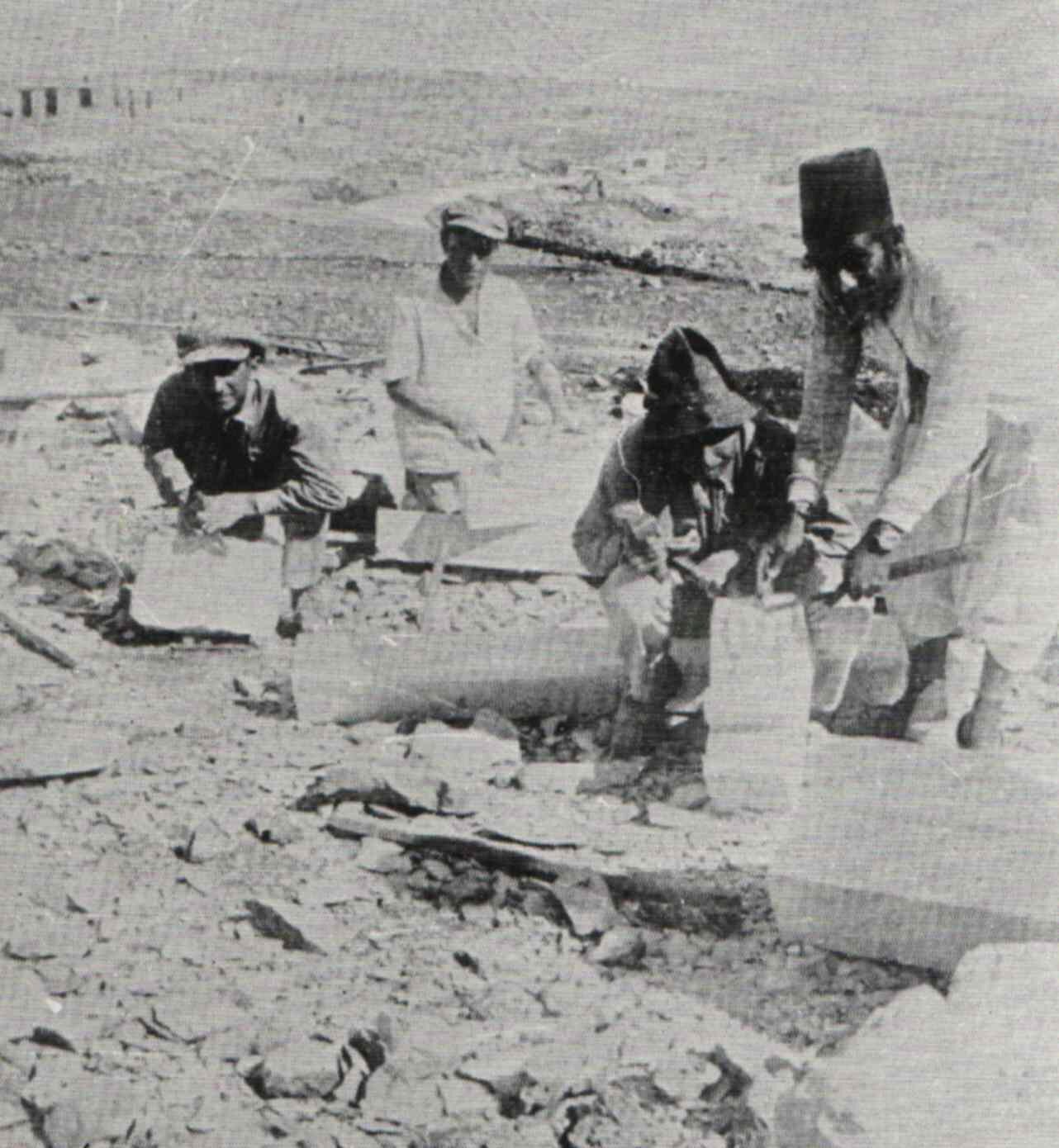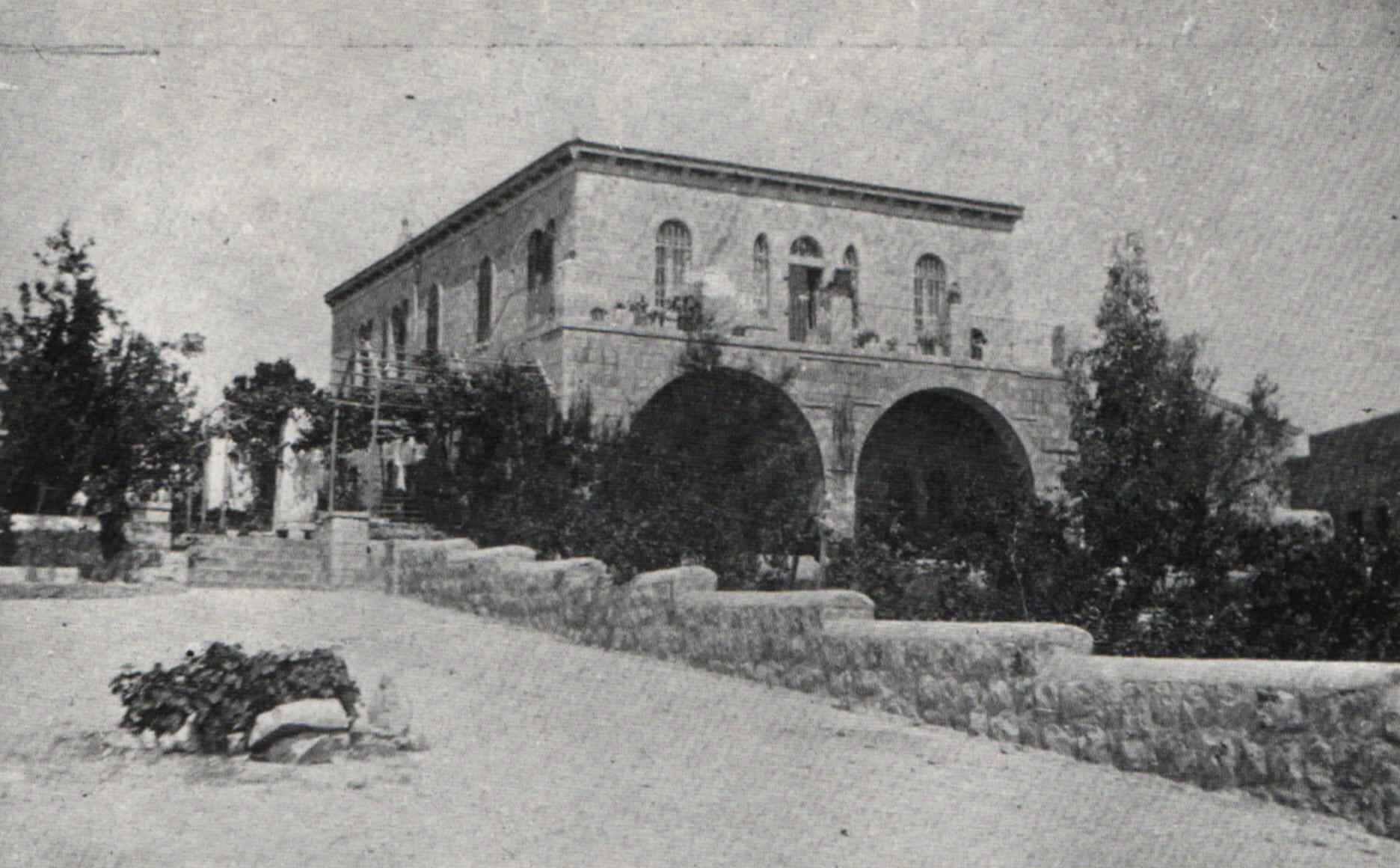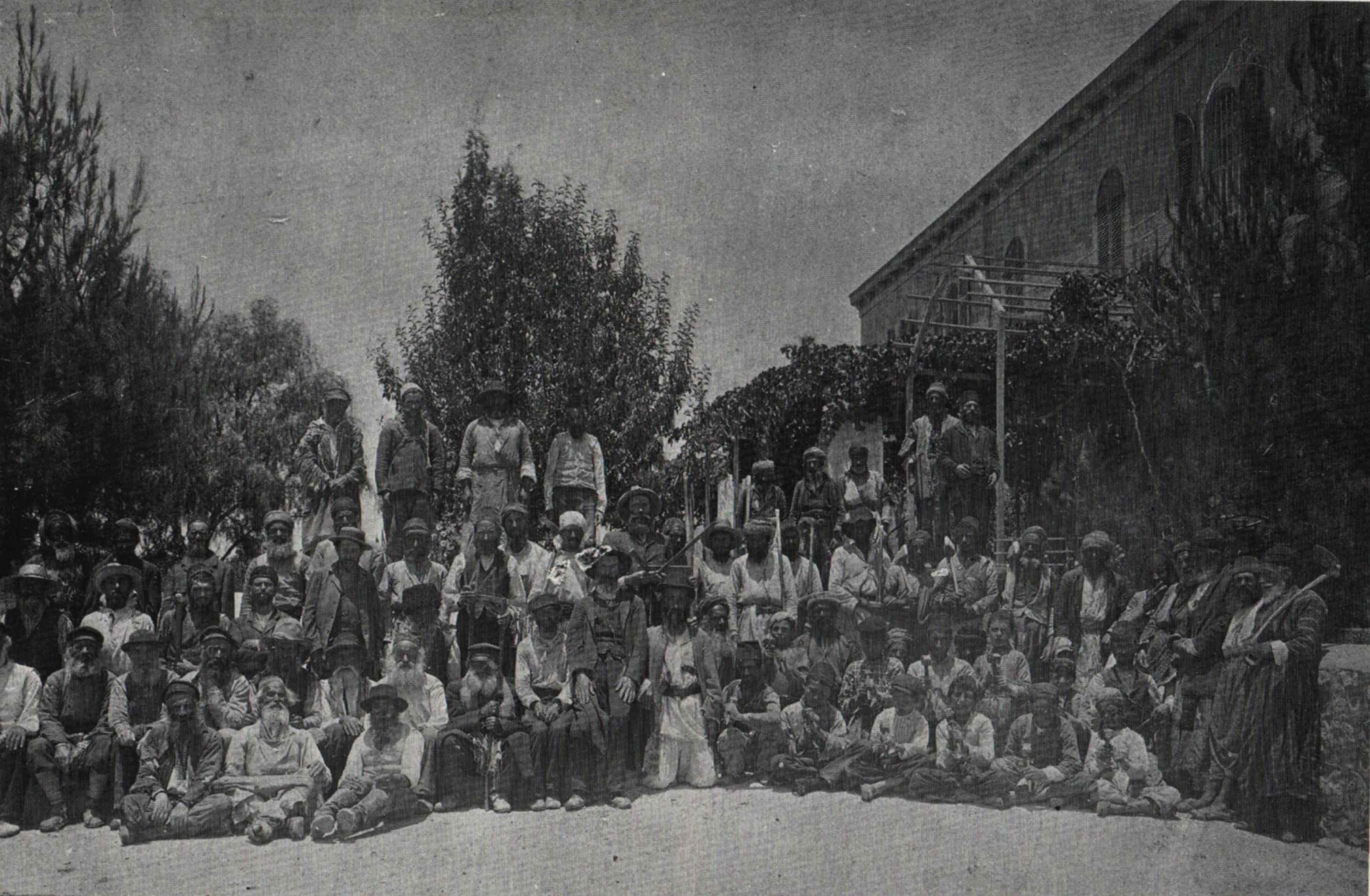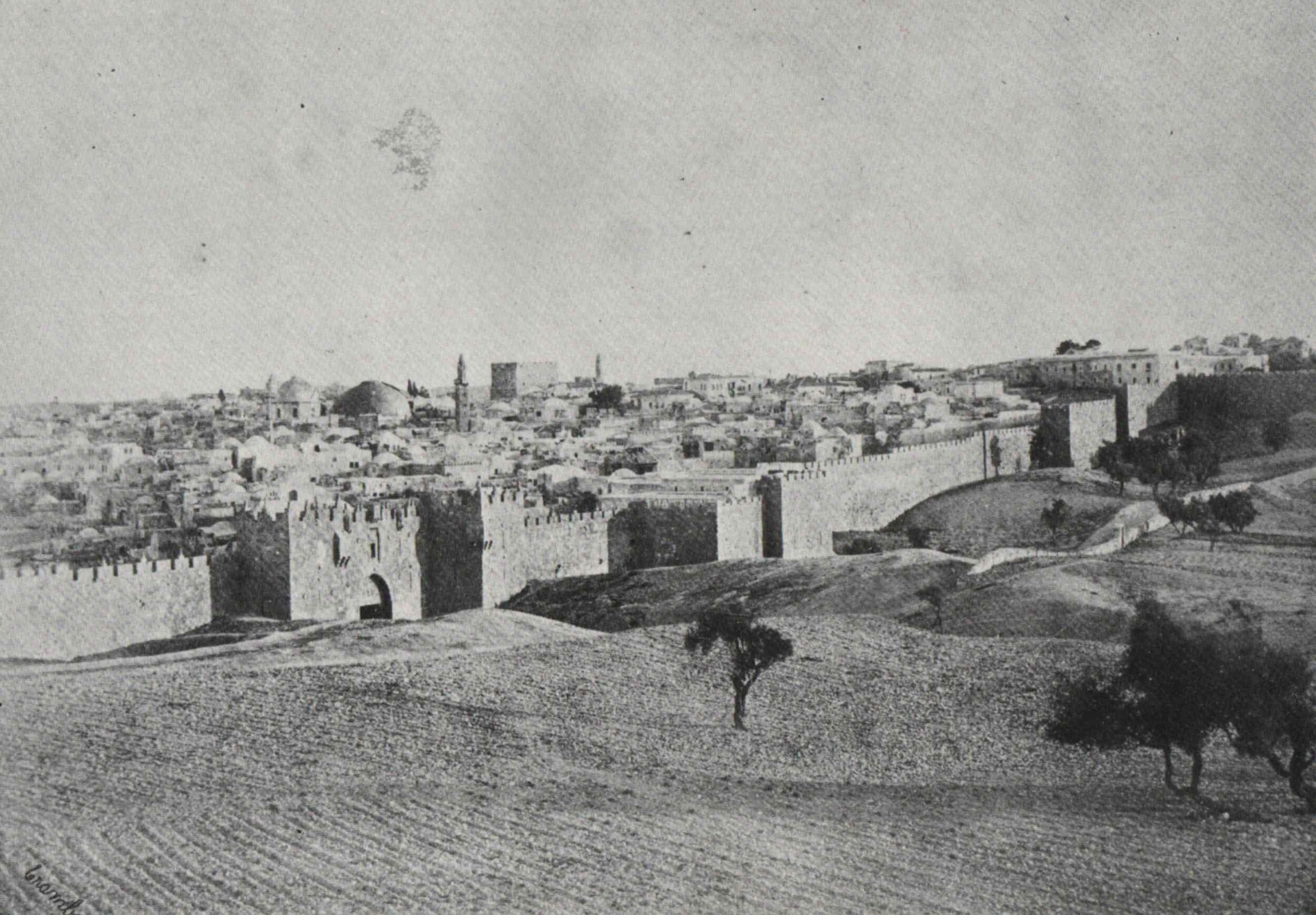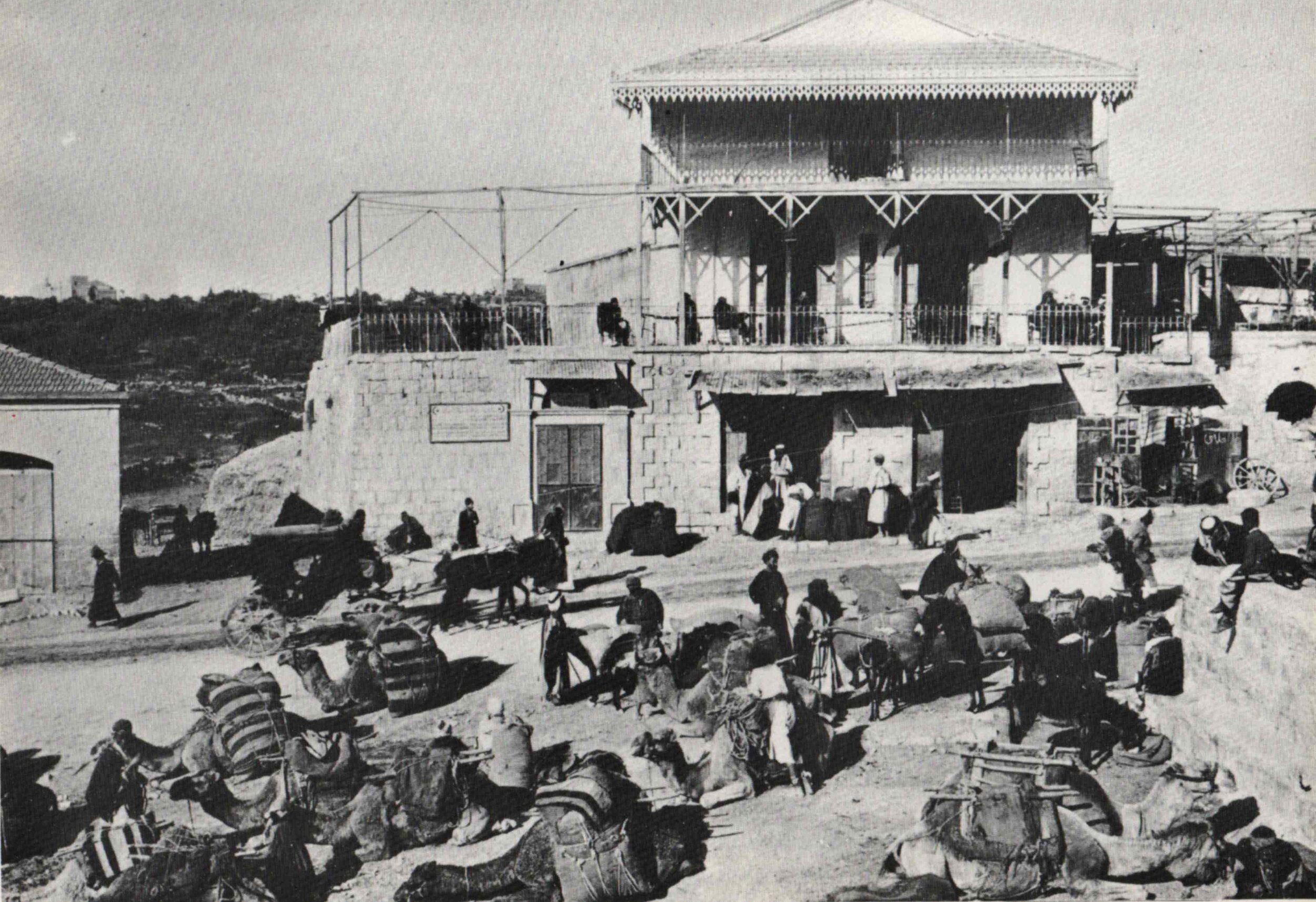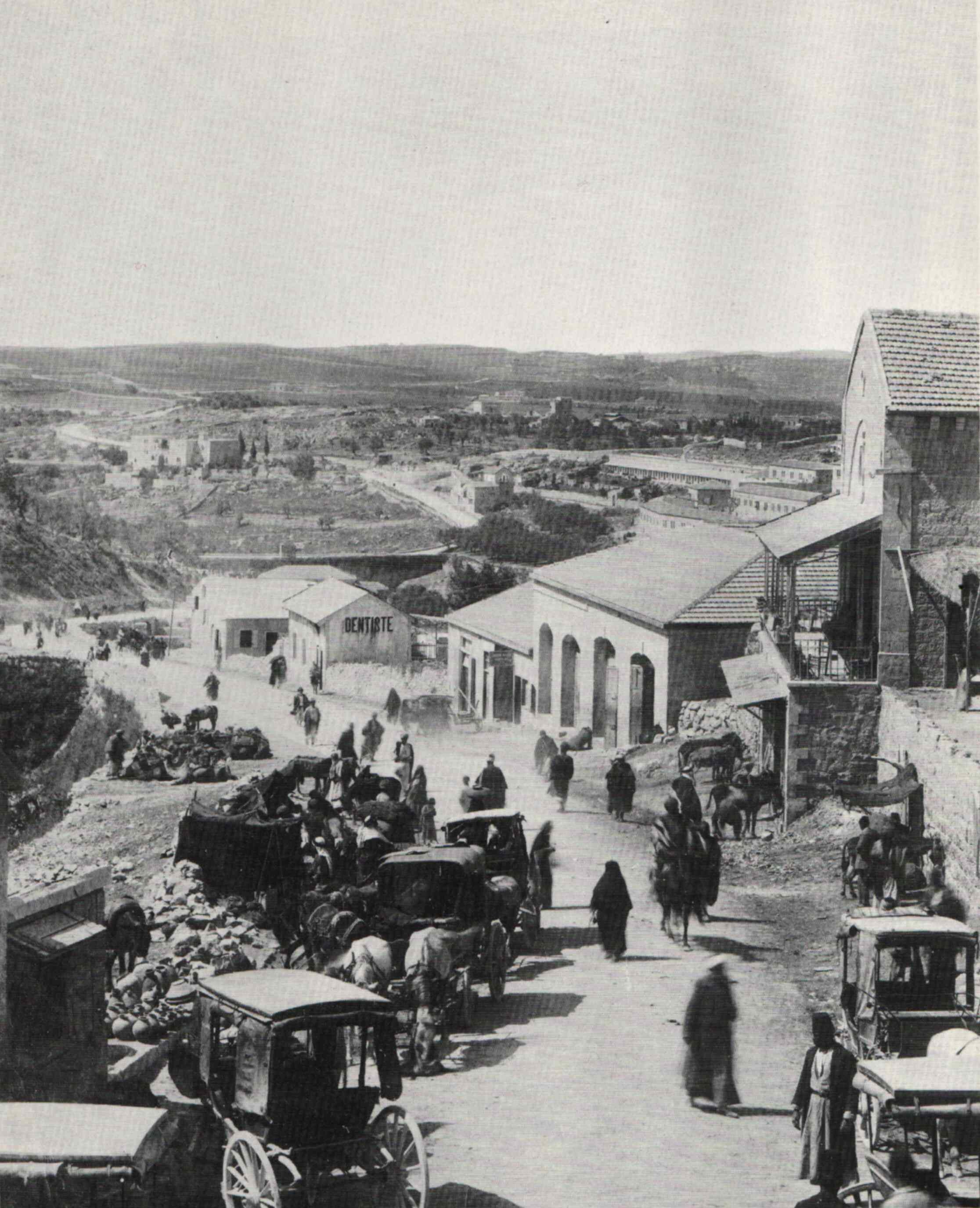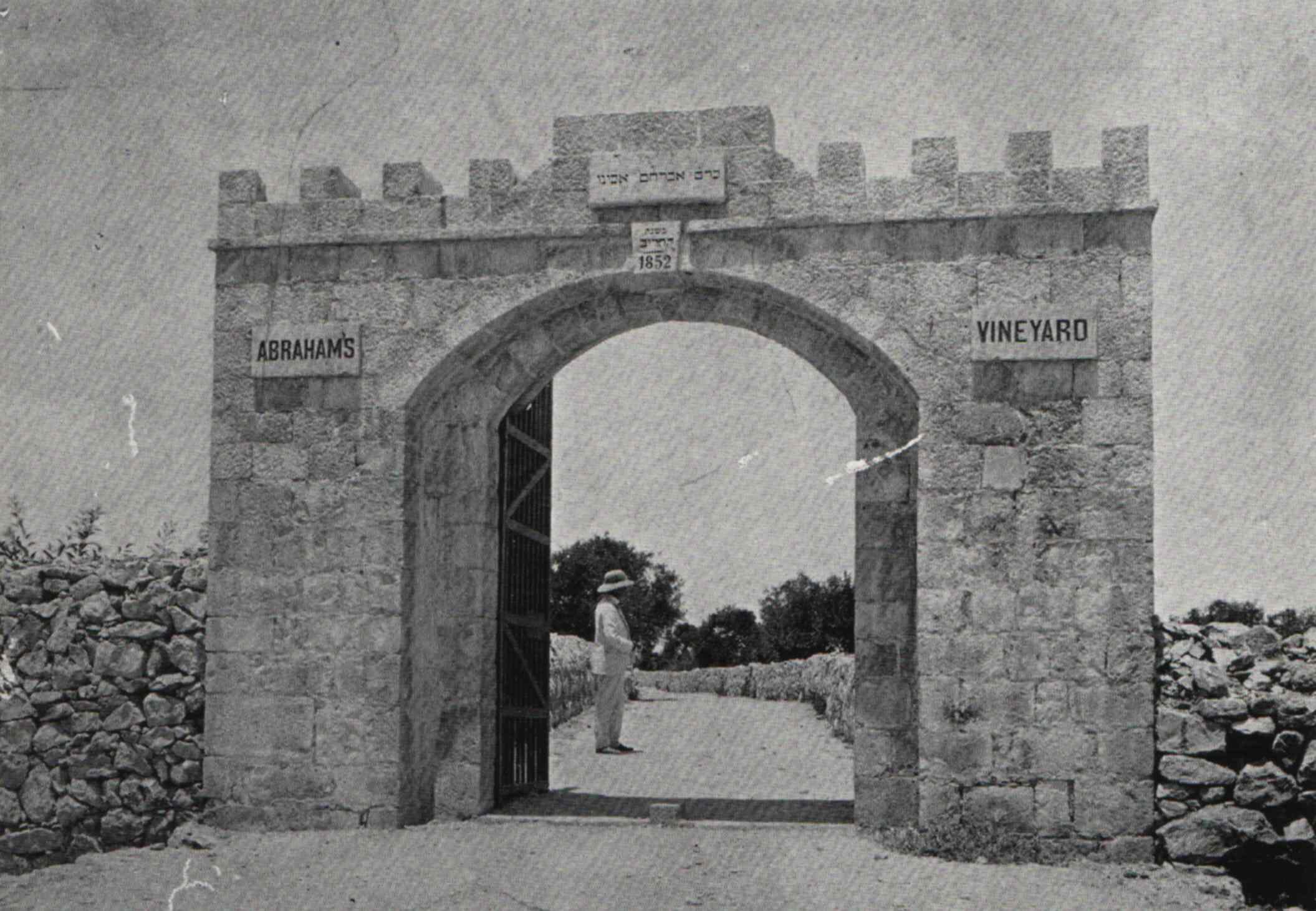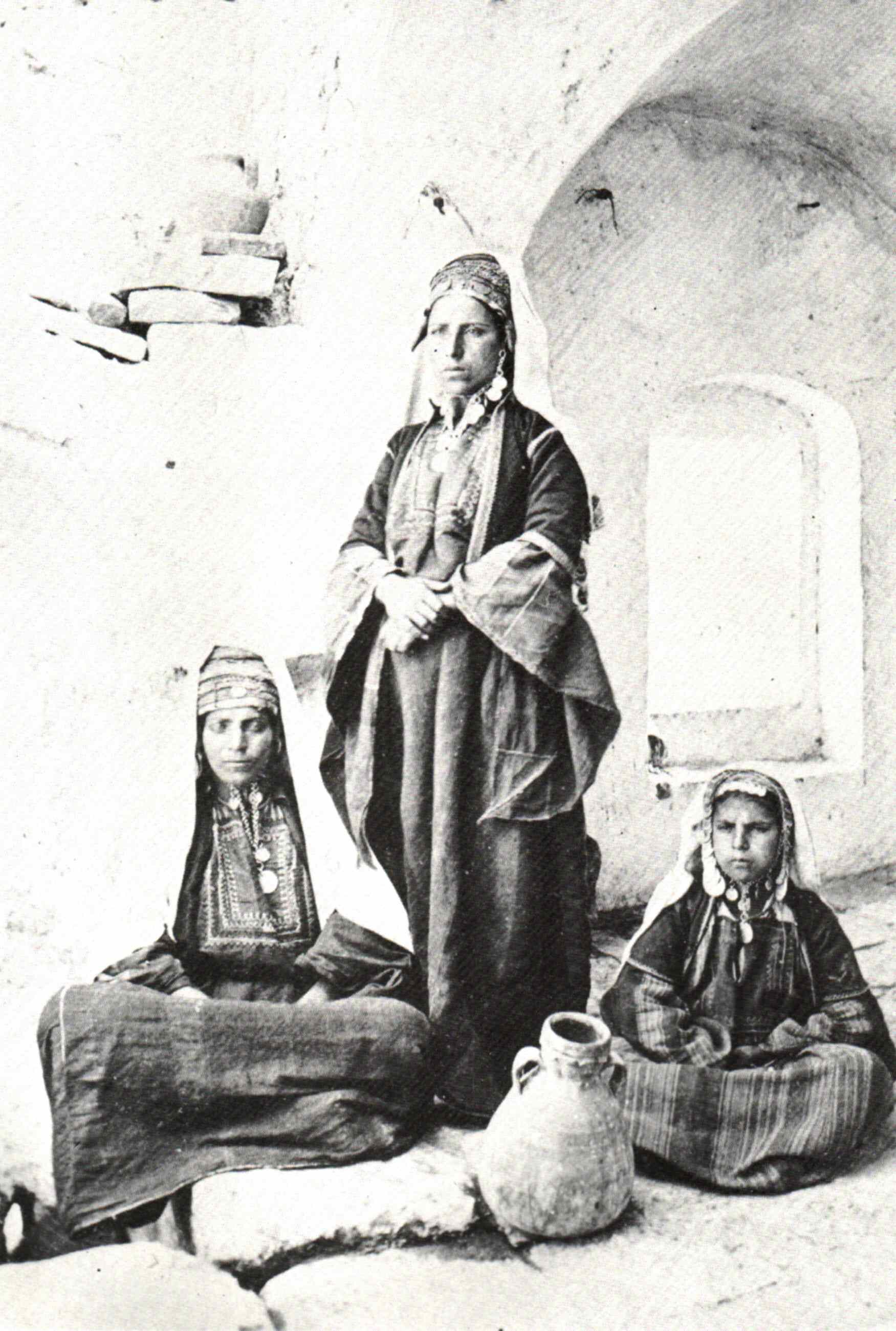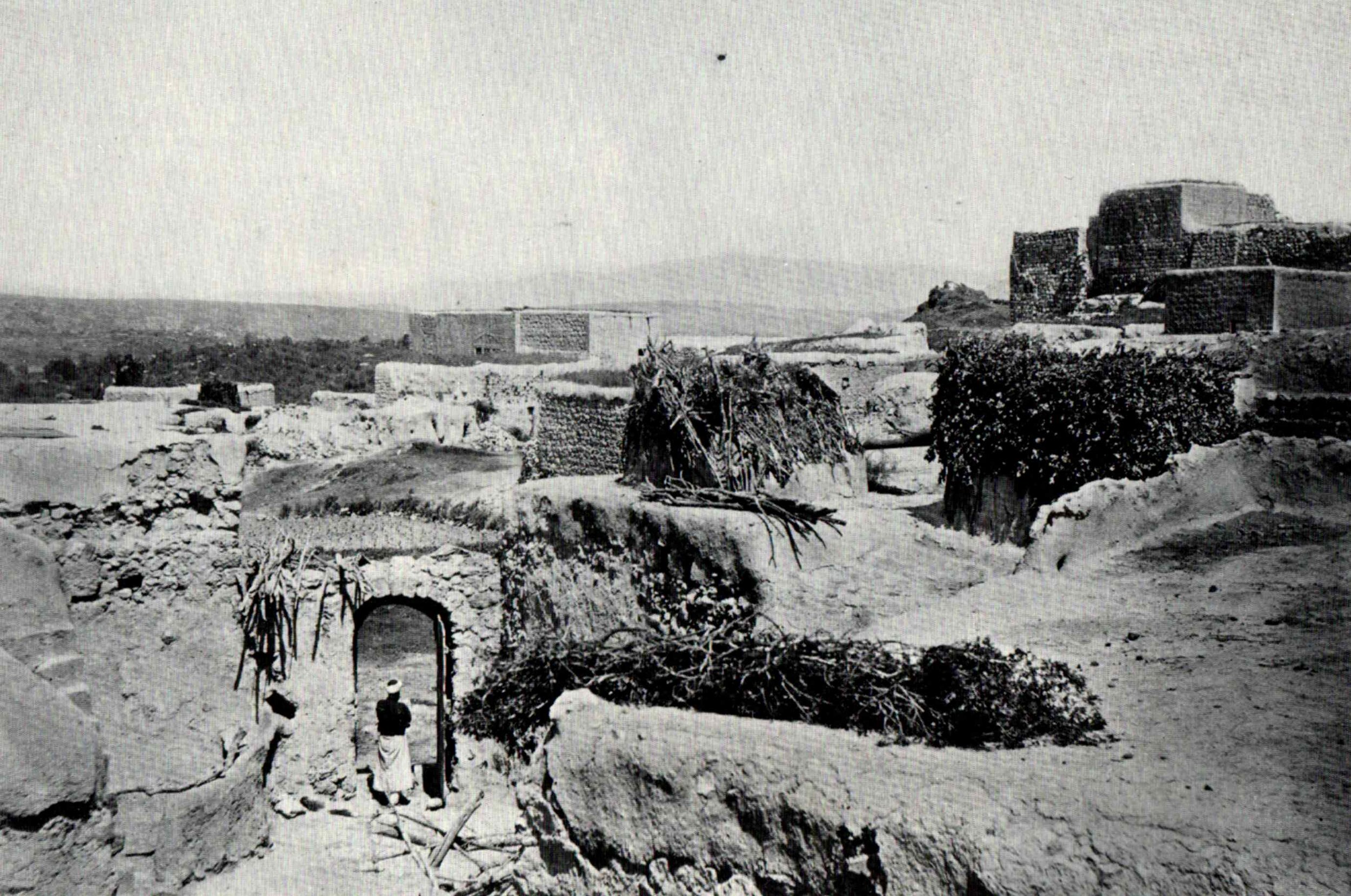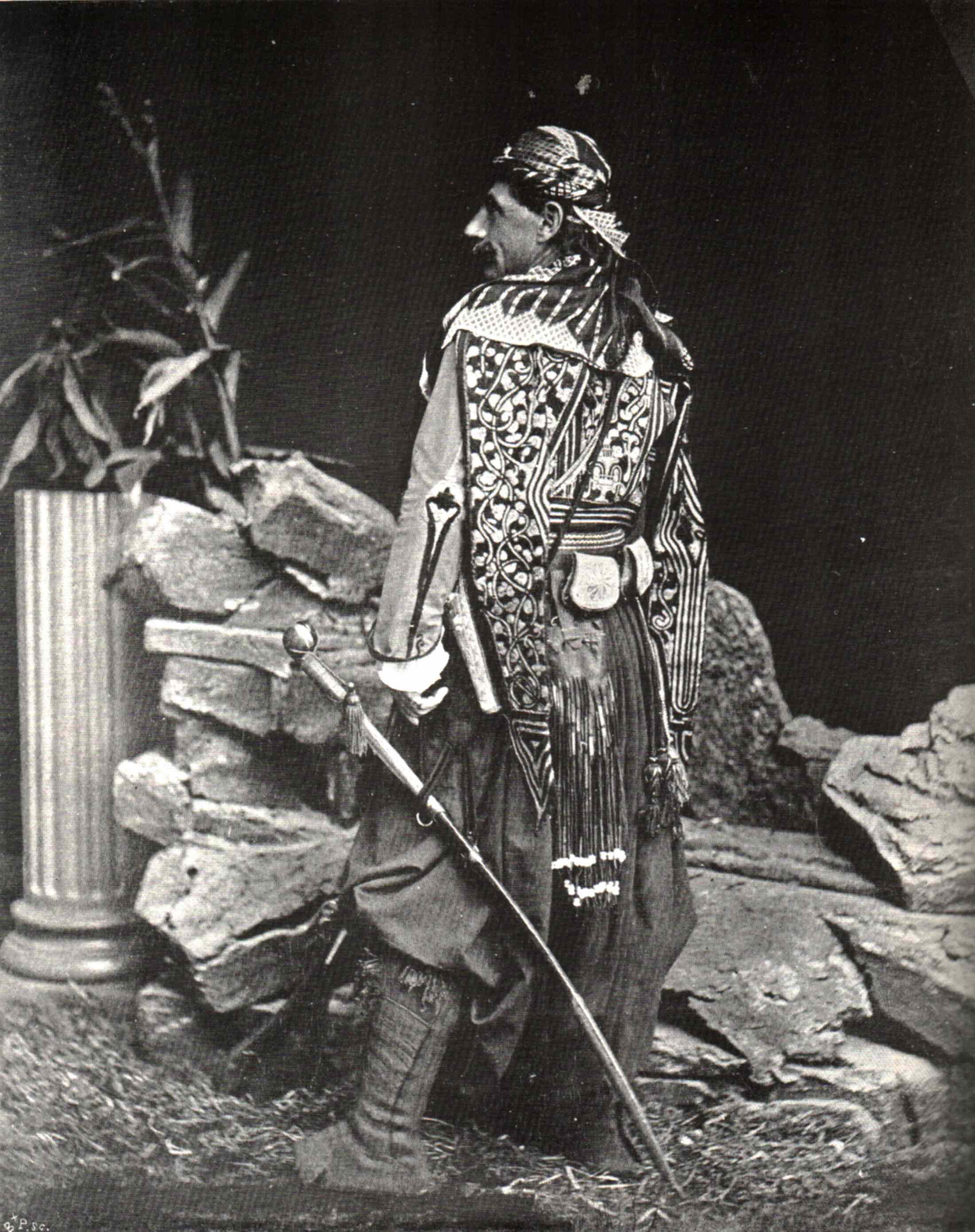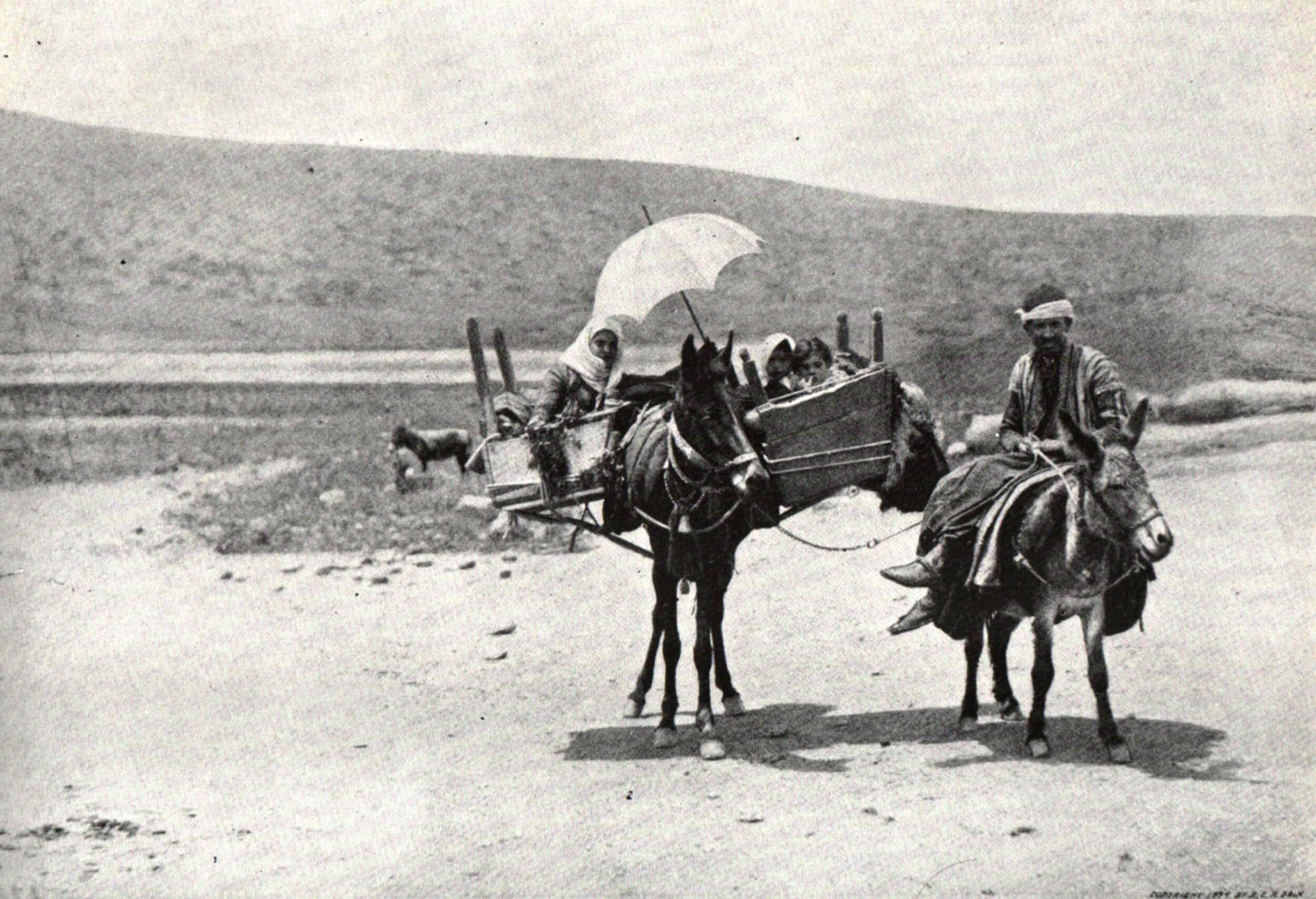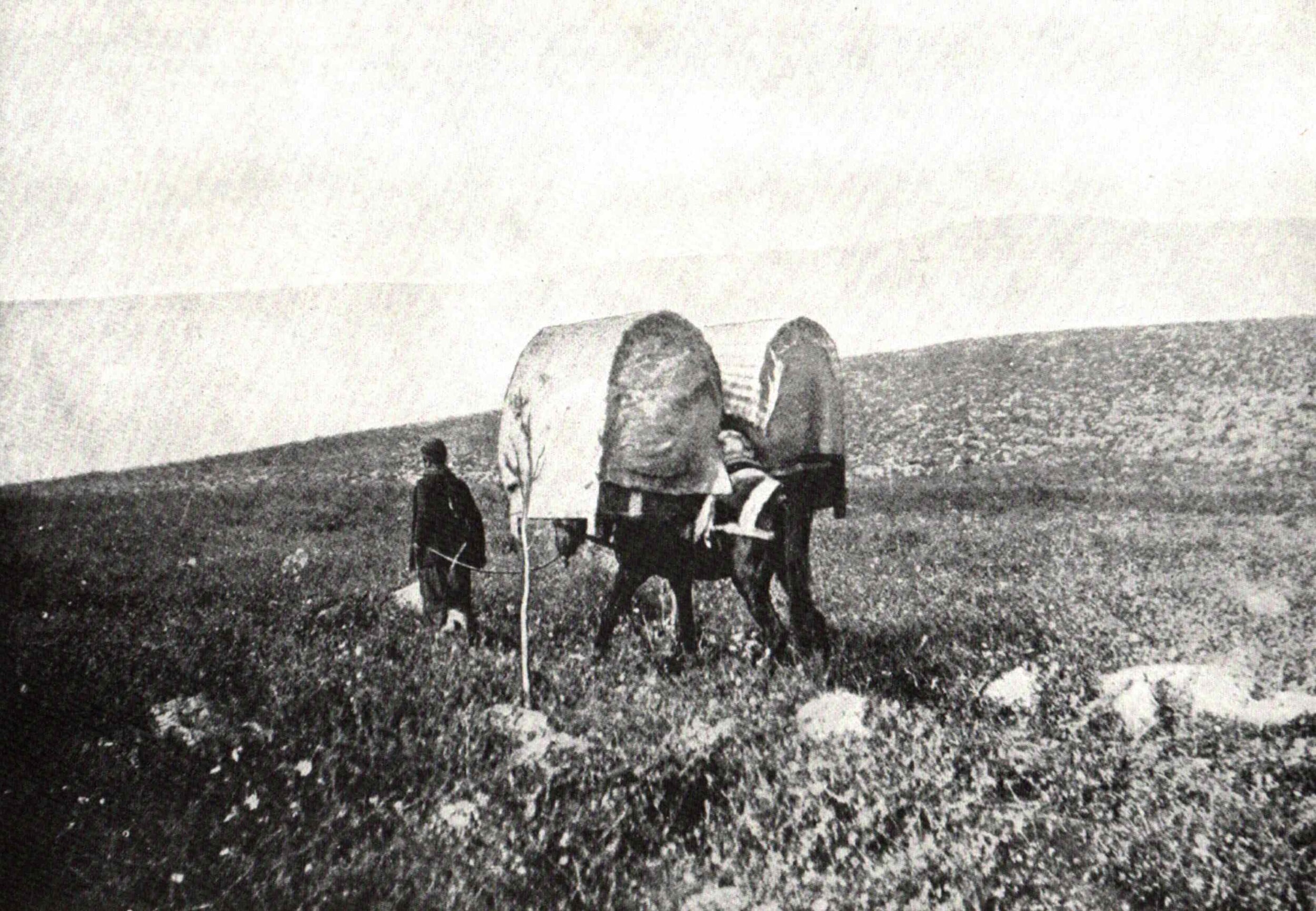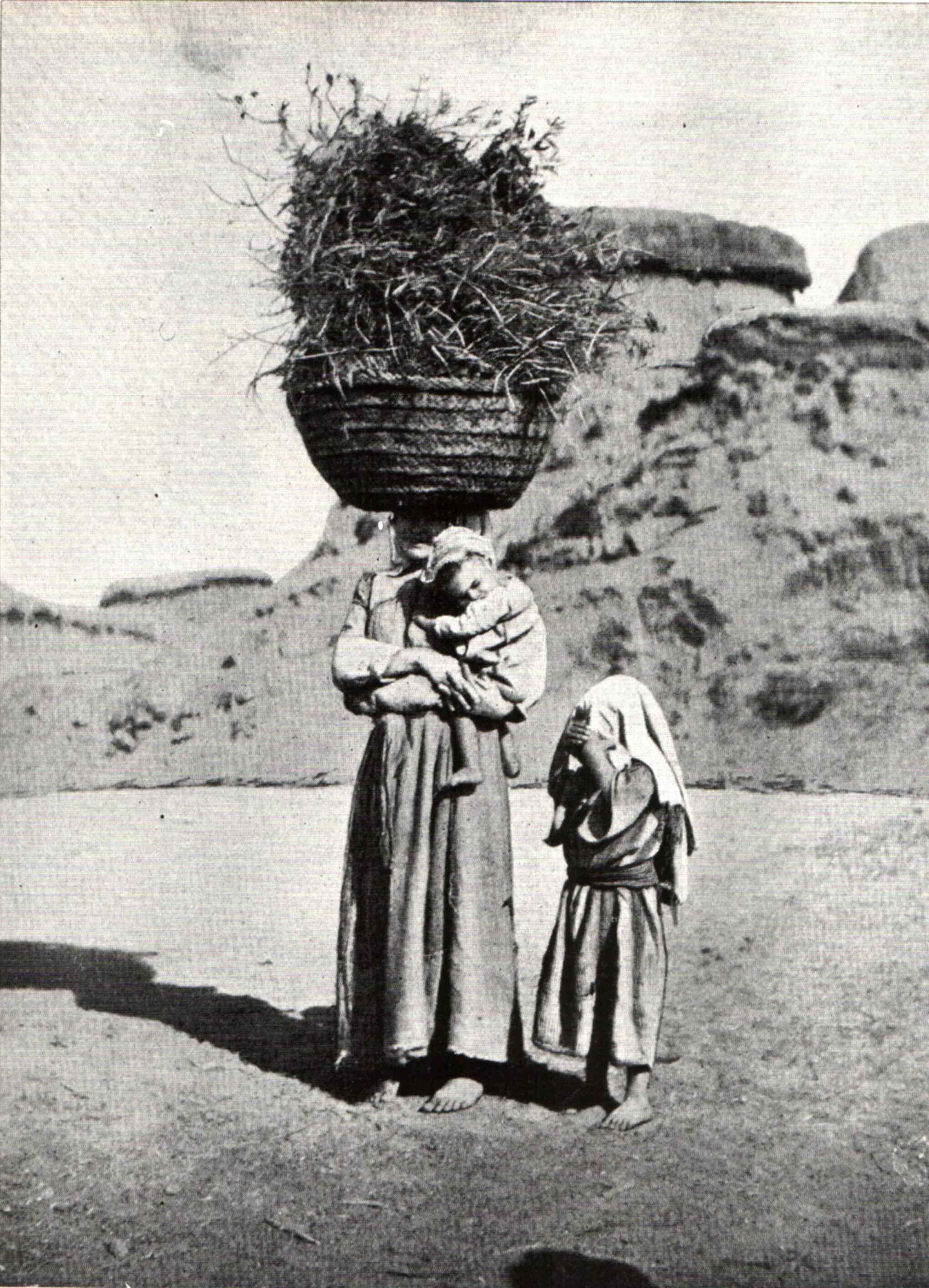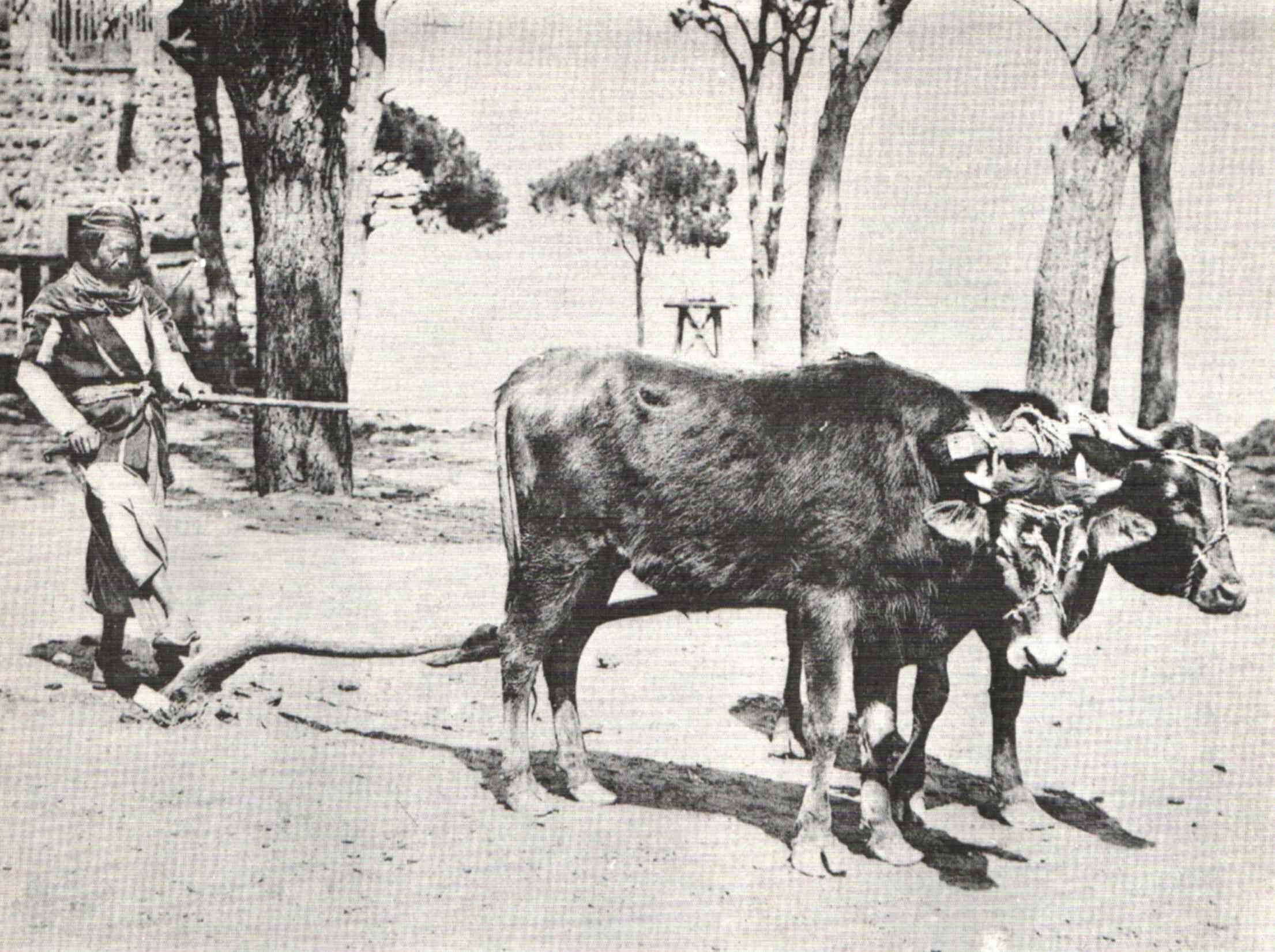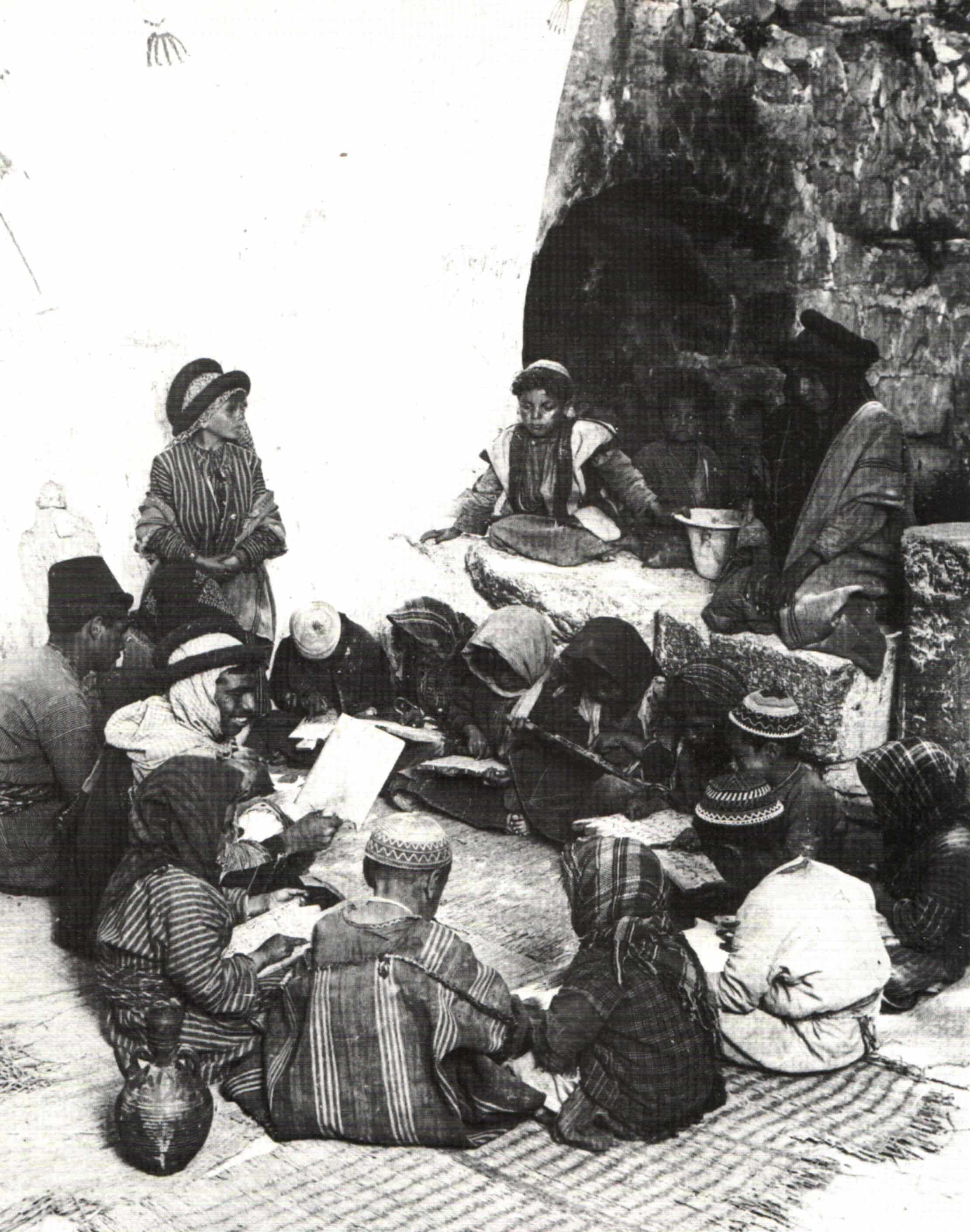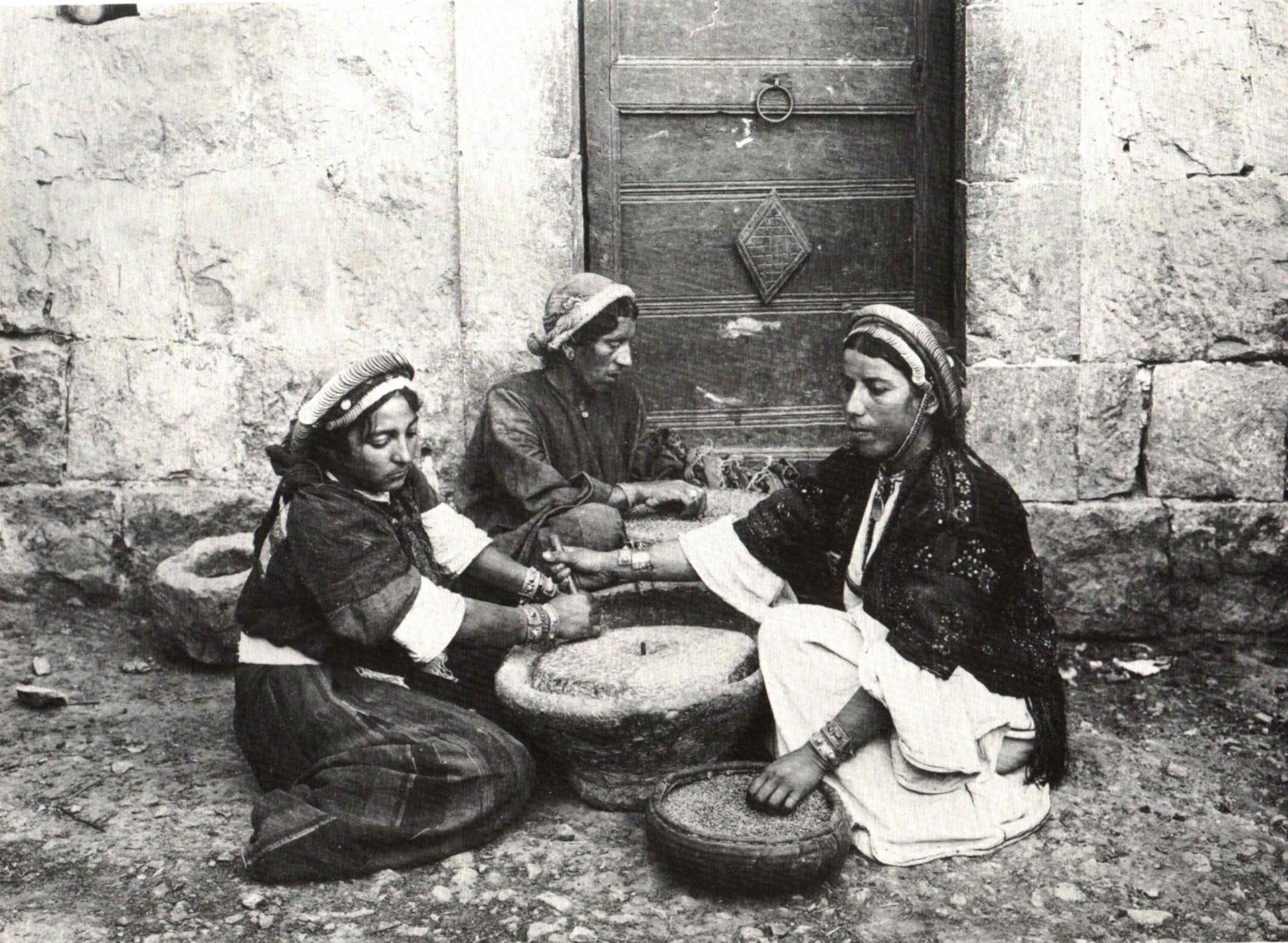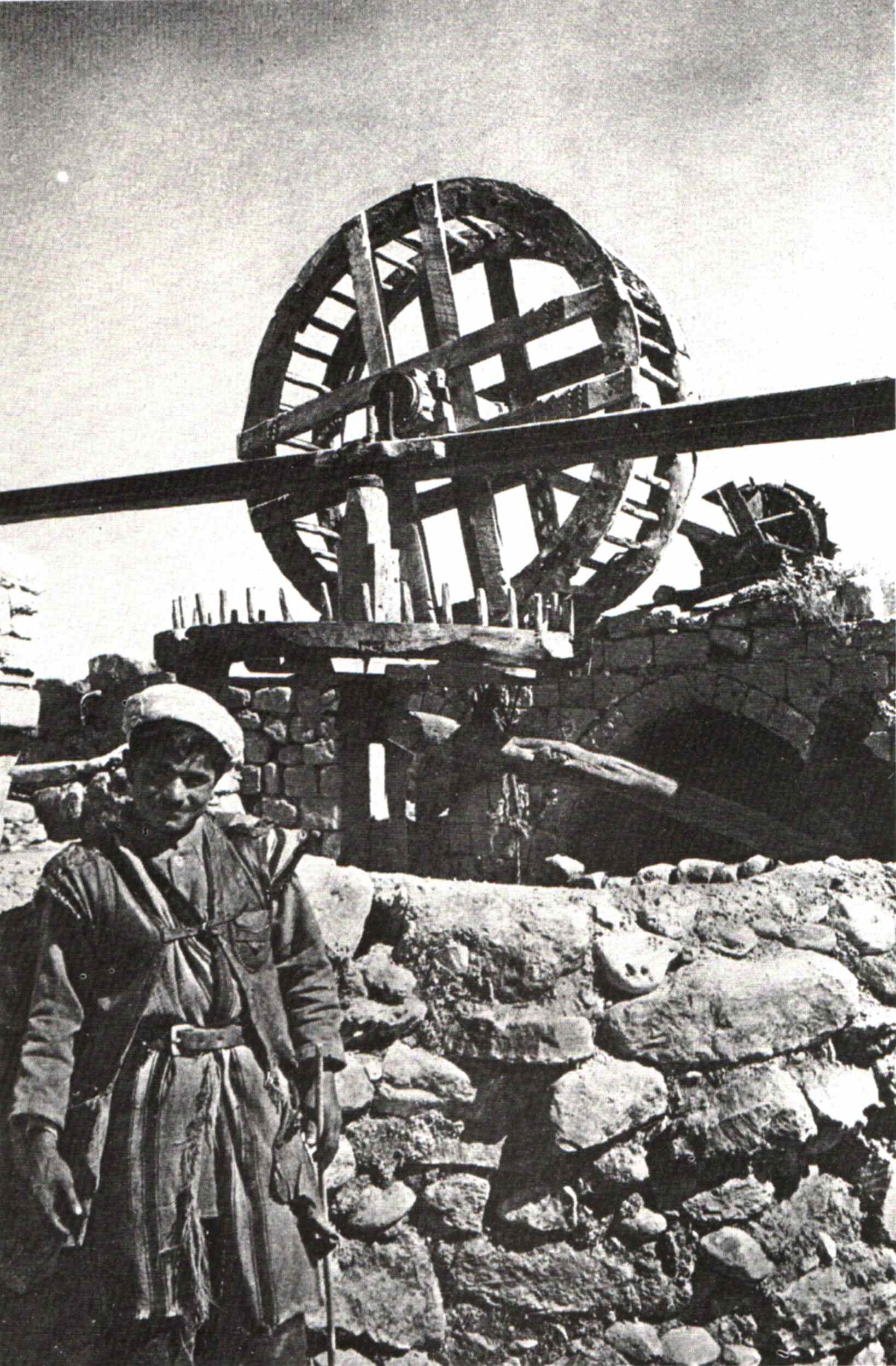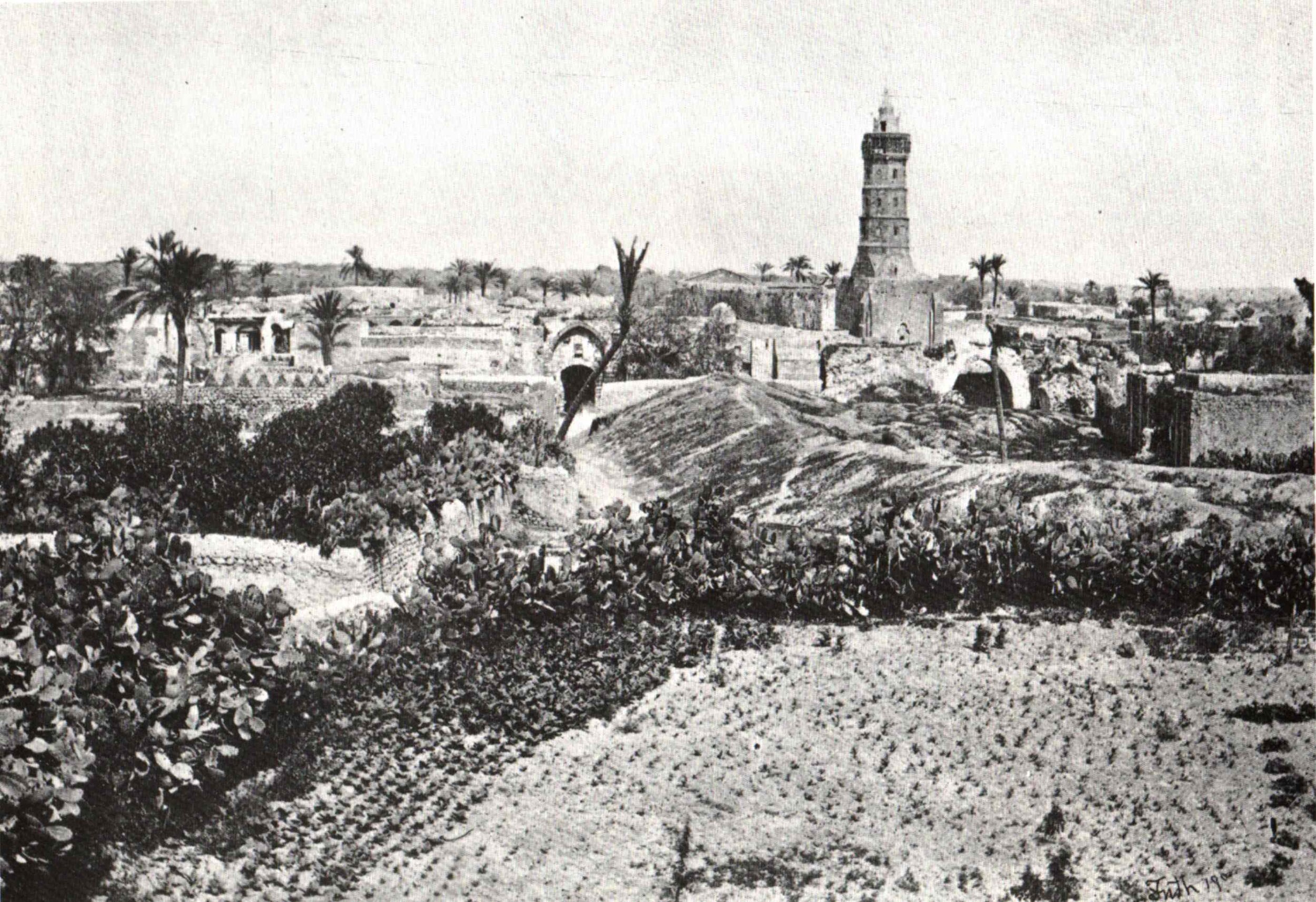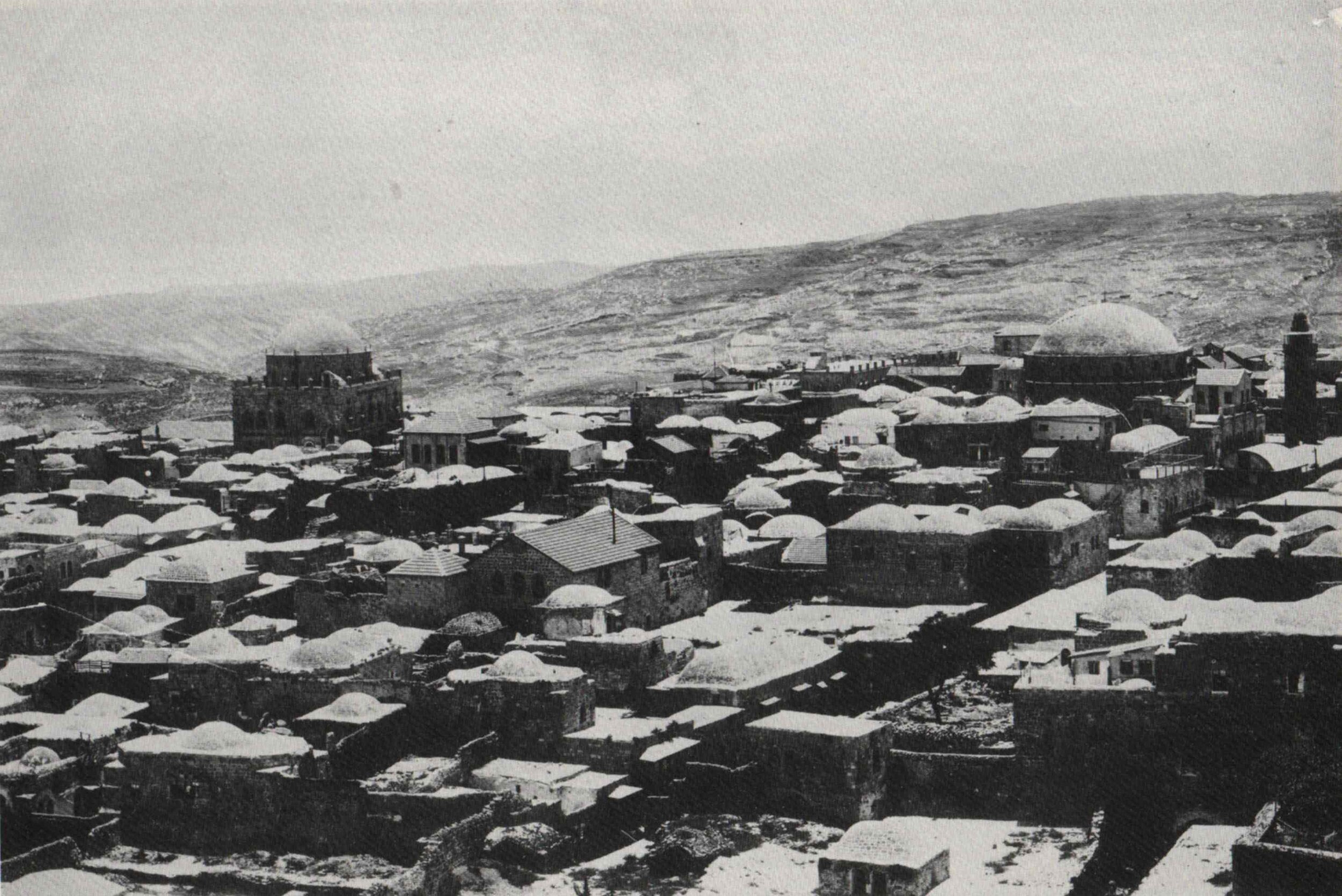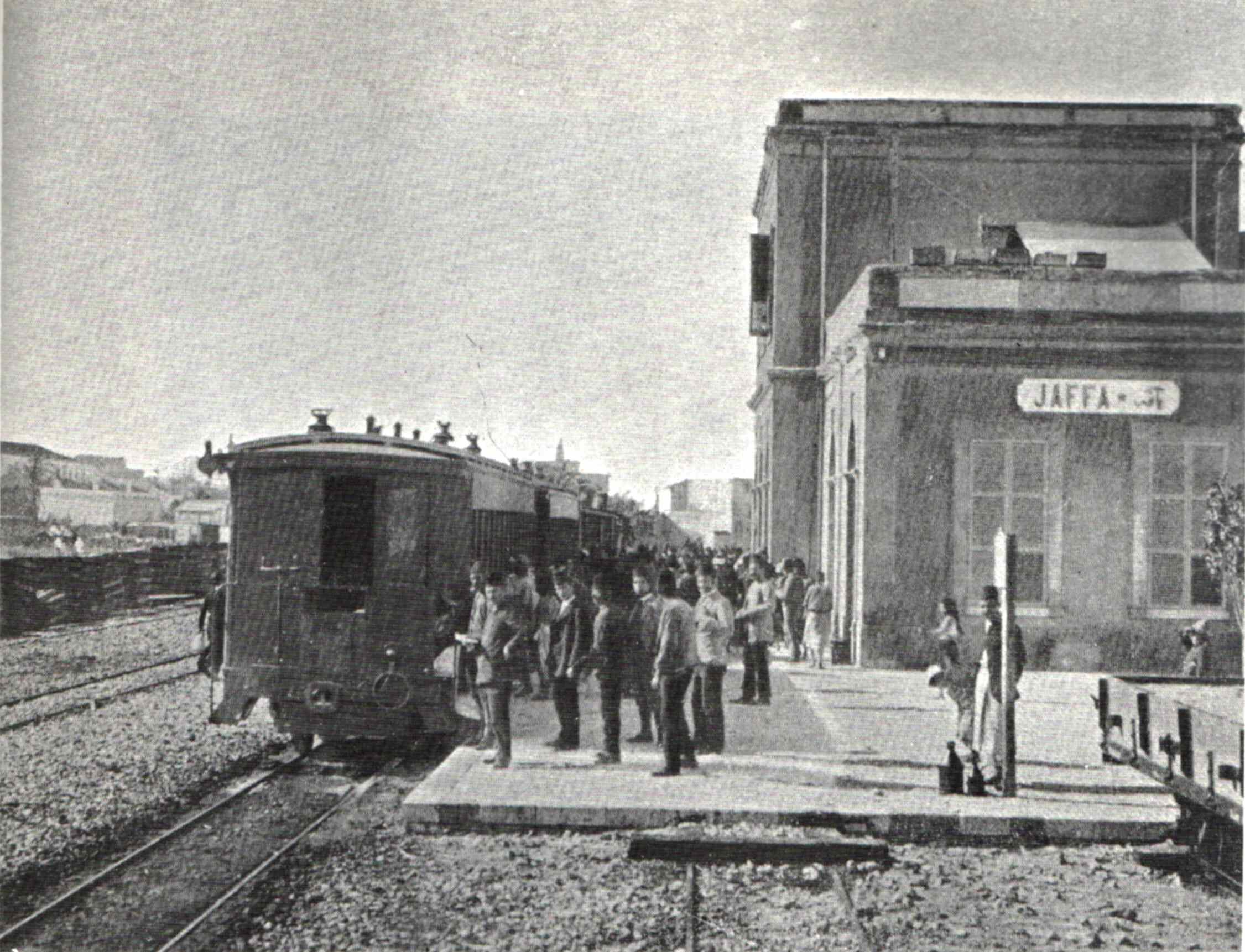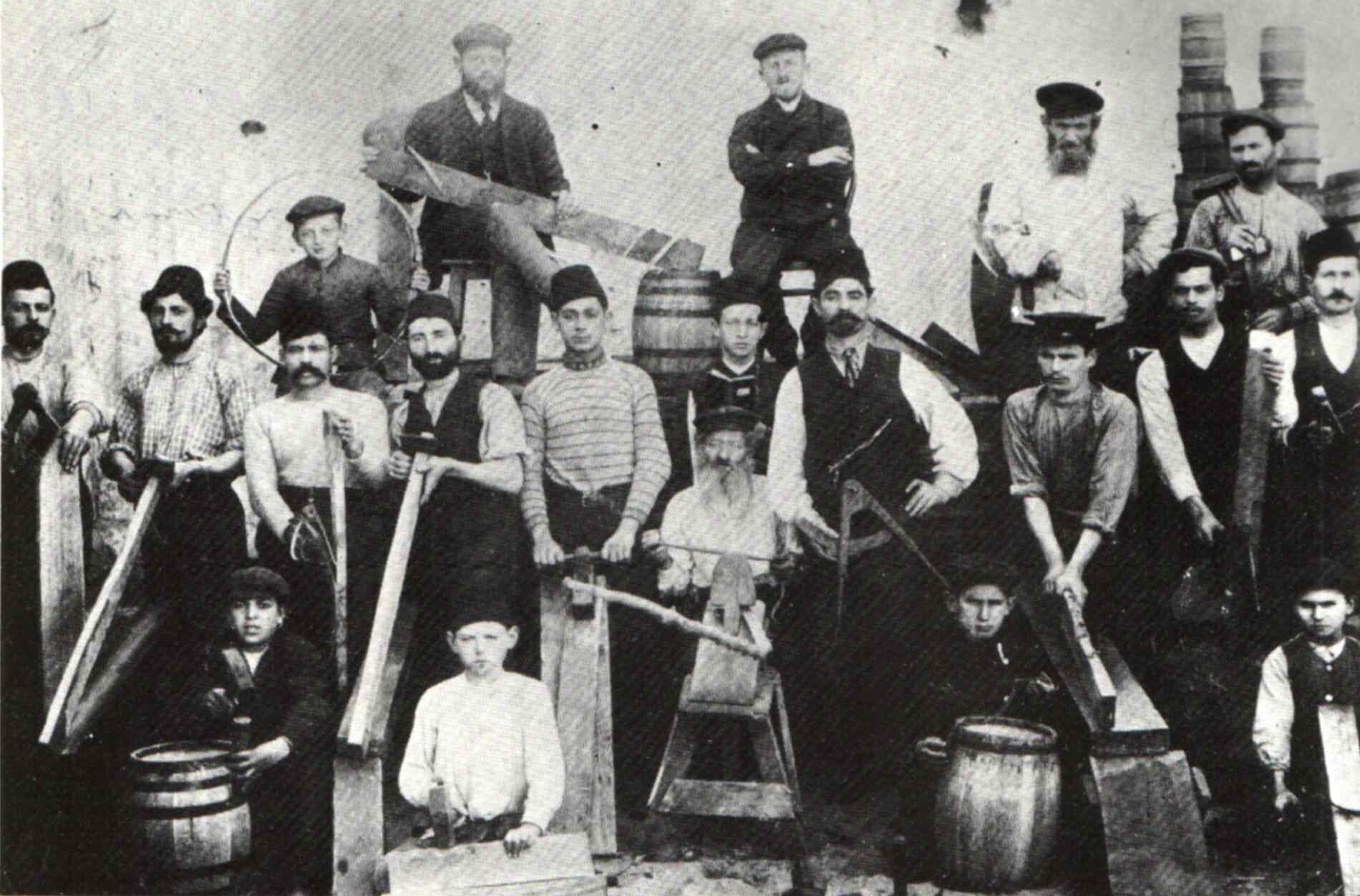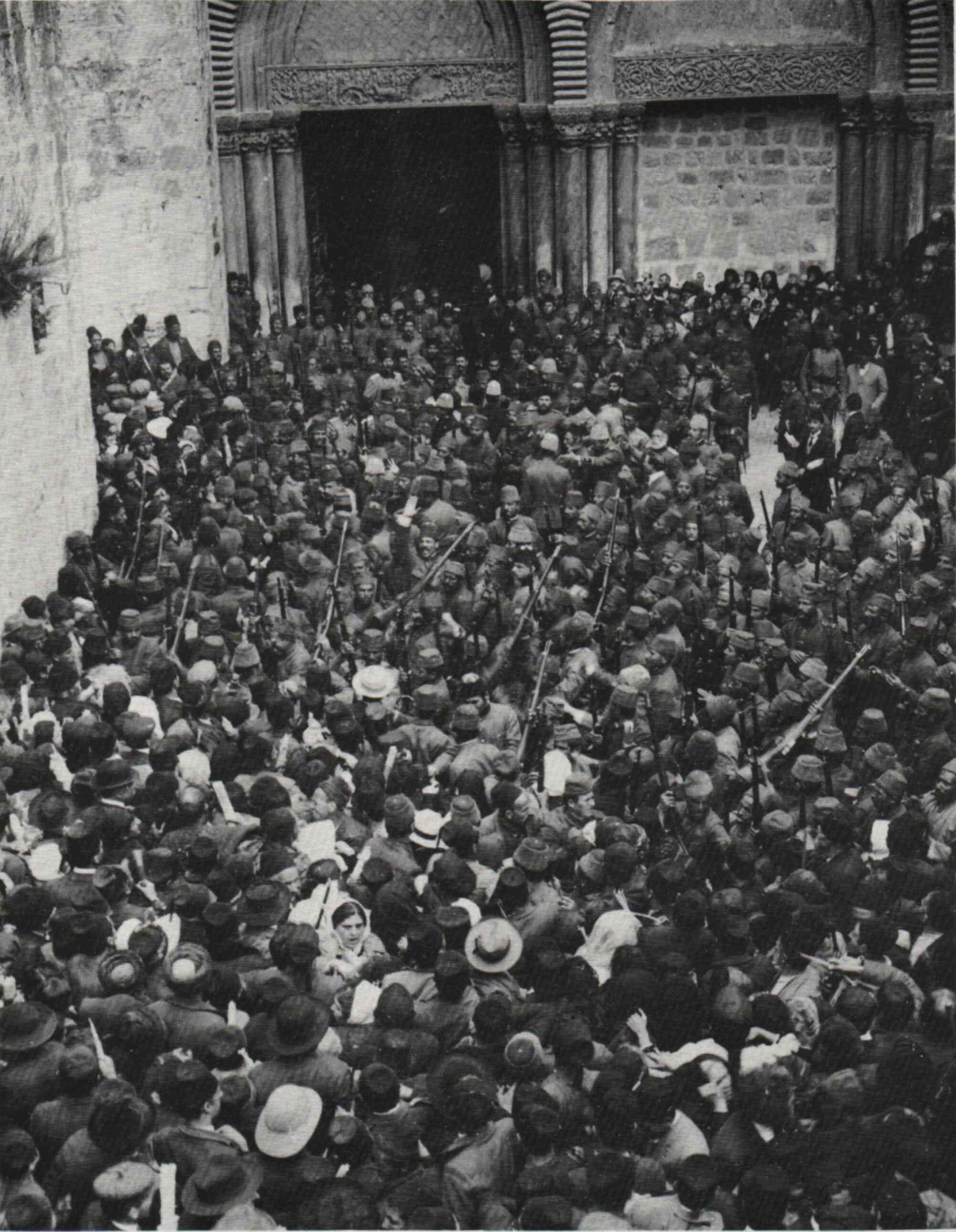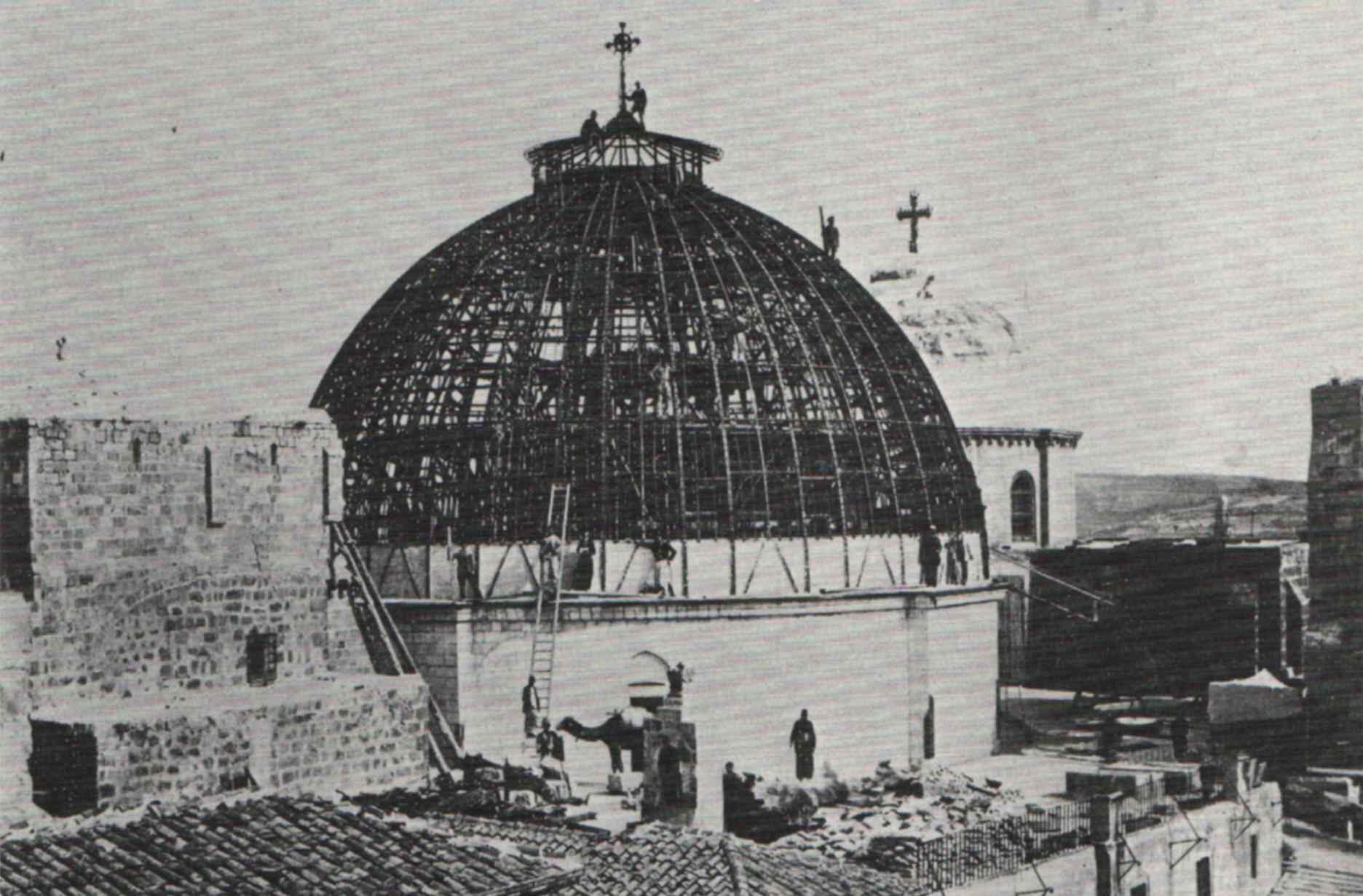July 13, 1806- August 29, 1872
British Consul, explorer who helped find Qumran where the Dead Sea Scrolls would later be discovered, and founder of Kerem Avraham, a farm just outside the Old City
From London, England
Served in Jerusalem
Affiliation: Evangelical Anglican
"At length I had been permitted by God’s good providence to traverse the territory of Moses and the chosen people antecedent to the writing of the Pentateuch, when they were warring upon Ammon and Moab. How solemn are the sensations derived from pondering upon periods of such very hoar antiquity—a time when the deliverance at the Red Sea, the thunders of Sinai, the rebellion of Korah and Dathan, the erection of the tabernacle, and the death of Aaron, were still fresh in the memories of living witnesses; and the manna was still their food from heaven, notwithstanding the supplies from the cultivated country they were passing through."
James Finn was born in London. The classic lnaguages, including Greek and Hebrew, were part of his early education. By 1846, he and his new wife Elizabeth Ann McCaul journeyed to Jerusalem. He worked as the British Consul until 1863 when they returned to England.
Both he and his wife were concerned about the welfare of the Jewish residents in and around Jerusalem. They were evangelic Anglican and part of the Church's Ministry Among Jewish People, an organization founded in 1809 with notable people involved, including William Wilberforce and Charles Simeon. Its purpose was to promote Christianity among the Jews.
A primary way that the Finns fulfilled their vocational calling while James worked in the country as the consul, was realized in purchasing Kerem Avraham, a barren piece of property outside the walls of Jerusalem. There, the Finns worked alongside local Jews, learning together how to farm the land effectively. The goal was to make the Jews self-sufficient and not reliant on welfare, a longtime practice called halukka.
The two also toured much of what we call Israel today. All along the way, they kept a journal of what they saw and thought about, especially in their consistent devotional times. You can read Byeways in Palestine through the Gutenburg Project.
One of the notable moments in their travels was helping Albert Isaacs, a British clergyman, and James Graham, a photographer from Scotland, assess the area called Qumran in 1856. Qumran, as you will recall, is the place where the Dead Sea Scrolls would later be found (1947).
Here are some photos from the time period that James and Elizbeth were in Jerusalem, including pictures of their house and farm.
